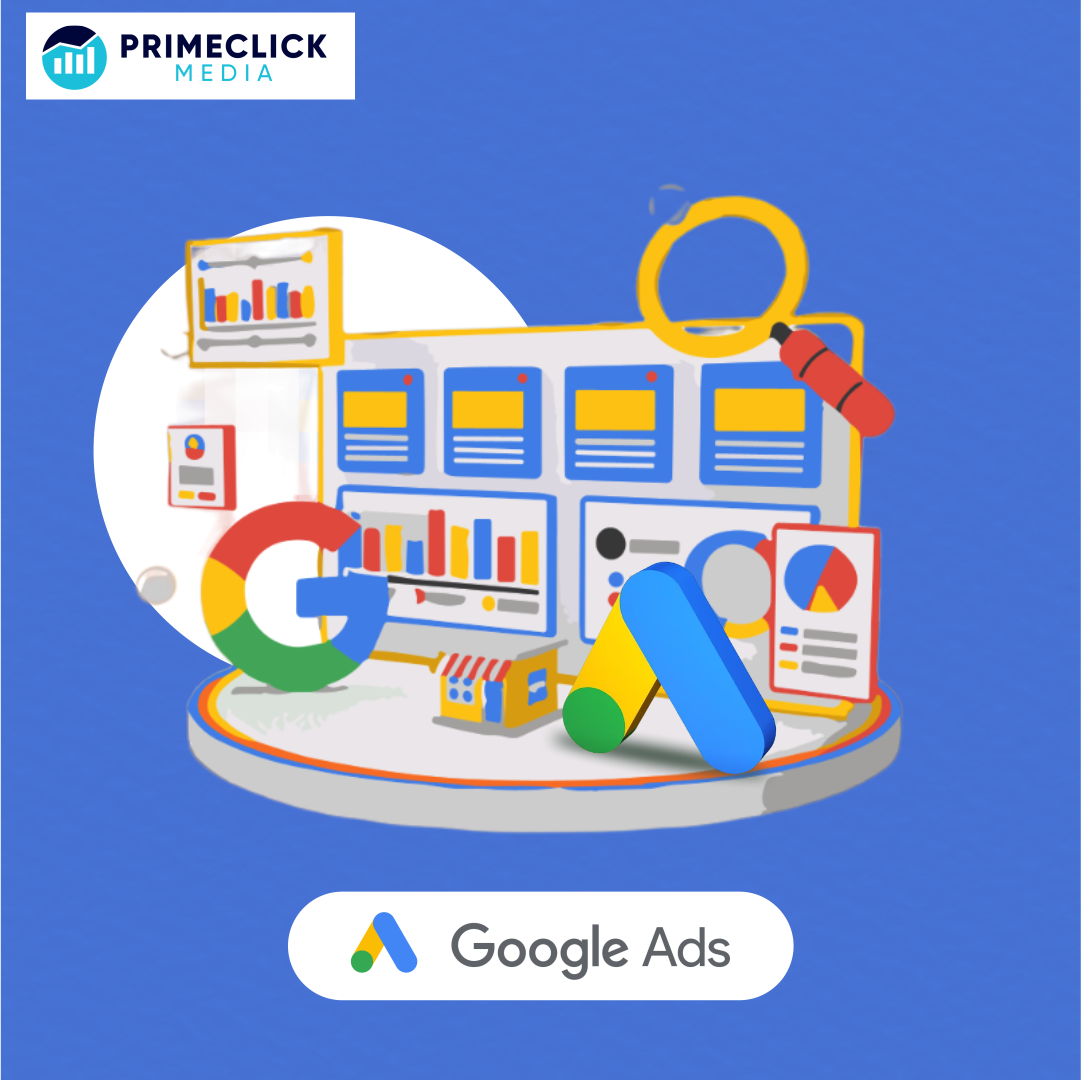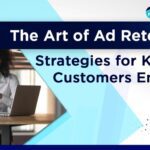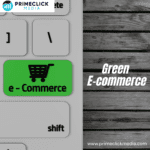Google Ads has become a powerful tool in the constantly changing world of internet marketing, enabling companies to reach their target demographic in previously unheard-of ways. This extensive blog is your introduction to the ever-changing world of Google AdWords, explaining the nuances of its ad formats, targeting choices, and bidding tactics.
This blog aims to provide a comprehensive understanding of Google Ads, focusing on crafting compelling ads, targeting demographics, and bidding. It is designed for both seasoned marketers and beginners, providing insights and strategies to help businesses navigate the competitive online advertising market. The blog also aims to unlock the secrets to a successful online advertising campaign.
What are ad formats?
Google Ads provides a range of ad formats to meet specific marketing goals and interact with different types of people. Display ads, video ads, shopping ads, app promotion ads, response search ads, app ads in Google Play, and call-only ads are some of the important types. With the use of these formats, marketers may select the one that best fits their campaign objectives, which might include boosting app downloads, raising brand awareness, or improving website traffic. Choosing the appropriate ad format is essential to a Google Ads campaign’s success.
Different types of Ad formats –
- Search Ads –
- Advertising that is text-based and shows up in Google search results.
- Made up of display URLs, description lines, and headlines.
- Perfect for drawing in users who are actively looking for particular terms.
- Display Ads –
- Visual adverts (multimedia or picture) that are displayed on websites connected to Google’s Display Network.
- Using aesthetically appealing content, increases brand visibility and engagement.
- Aim for targeted placements, interests, and demographics.
- Video Ads –
- Interesting videos that are shown on Google Display Network and YouTube.
- Use formats that can be skipped or not.
- Efficient in using video to provide a strong brand message.
- Shopping Ads –
- Display details about the store, prices, and product pictures.
- Directly related to the product searches made by consumers.
- Especially successful for online retailers.
- App Promotion Ads –
- Encourage the use of mobile apps on all Google platforms.
- Promote app downloads and usage.
- Utilize app behavior and interests to target users.
- Responsive Search Ads –
- Text advertising with flexibility that dynamically resizes to fill the available ad area.
- Enables the testing of several headlines and descriptions to find the best results.
- App Ads in Google Play –
- Promote Android applications straight from the Google Play Store.
- Reaching people who are looking for apps will increase app installations.
- Call-Only Ads –
- Intended to entice them to call your company.
- Phone numbers should be displayed clearly to encourage prompt calls.
Targeting options –
- Key words:
Marketers have the option to select particular keywords associated with their goods or services. When people look up certain keywords on Google, ads appear.
- Targeting by Location:
Specify the regions in which you would like your advertisements to appear. This might be as wide as a nation or as narrow as the area surrounding a physical store.
- Demographics:
Users can be targeted according to demographic parameters including age, gender, parental status, and household income. This makes it possible to target audiences more precisely.
- Behaviors and Interests:
Utilize users’ interests, pastimes, and online habits to target them. Google gathers user preference data so that advertising can target particular audience segments.
- Remarketing
Users who have previously interacted with your website or app will see display adverts. This encourages and re-engages potential customers.
- Custom Audiences –
To target specific people, upload lists of contacts (such as phone numbers or email addresses). Google links users on its platform with these lists.
- Affinity Audiences
Utilize long-term habits and interests to target users. Reaching a large audience interested in a specific issue is made easier with this.
- In-Market Audiences:
Reach consumers who are actively looking at or contemplating your kind of goods or service. This is directed towards users who are almost ready to buy.
- Placement Targeting:
Select which YouTube channels, applications, or websites you want your adverts to display on. This gives you more flexibility over where your advertisements appear.
- Devices and Networks Targeting:
Indicate which devices (desktop, mobile) will display your adverts. Additionally, you have a choice between Google’s display and search networks.
Bidding strategies in Google Ads are crucial for optimizing ad spend and achieving specific campaign goals. Here’s an overview of some key bidding strategies:
- Manual CPC (Cost-Per-Click) –
- Control – The maximum amount you are ready to spend for each click is manually established.
- Flexibility – gives complete control over bids for specific keywords.
- Perfect For – seasoned marketers who favor direct supervision.
- Automated Bidding –
- Smart Bidding – optimizes bids for conversions or conversion value using machine learning.
- Target CPA (Cost-Per-Acquisition) – bids in order to reach a certain cost per acquisition.
- Target ROAS (Return on Ad Spend) – modifies bids to optimize return on advertising investment.
- Improved CPC – lets Google modify its manual bids to account for higher conversion rates.
- Maximize Conversions – automatically adjusts bids within a certain budget to maximize conversions.
- Target Search Page Location –
- Goal – aims to have advertisements show up at the top or on the first page of search results.
- Control – modifies bids to improve the likelihood of landing the intended ad spot.
- Target Outranking Share –
- Objective – Compete with a specific domain by outranking their ads.
- Control – Sets a target percentage of auctions in which your ad should outrank the specified domain.
- Maximize Clicks –
- Goal – Automatically sets bids to get the most clicks within a specified budget.
- Risk – May exhaust the budget quickly without focusing on conversion efficiency.
- Maximize Conversions with a Target CPA –
- Objective – Optimizes bids to achieve the highest number of conversions at the target cost per acquisition.
- Automation – Uses machine learning for efficient conversion optimization.
- Maximize Conversion Value with a Target ROAS
- Objective – Maximizes the conversion value within a target return on ad spend.
- Efficiency – Automatically adjust bids to achieve the best possible return.
Achieving corporate objectives through strategic ad formats, accurate targeting, and efficient bidding are necessary for mastering Google Ads. Use performance metrics to analyze and improve methods in order to achieve long-term success.





